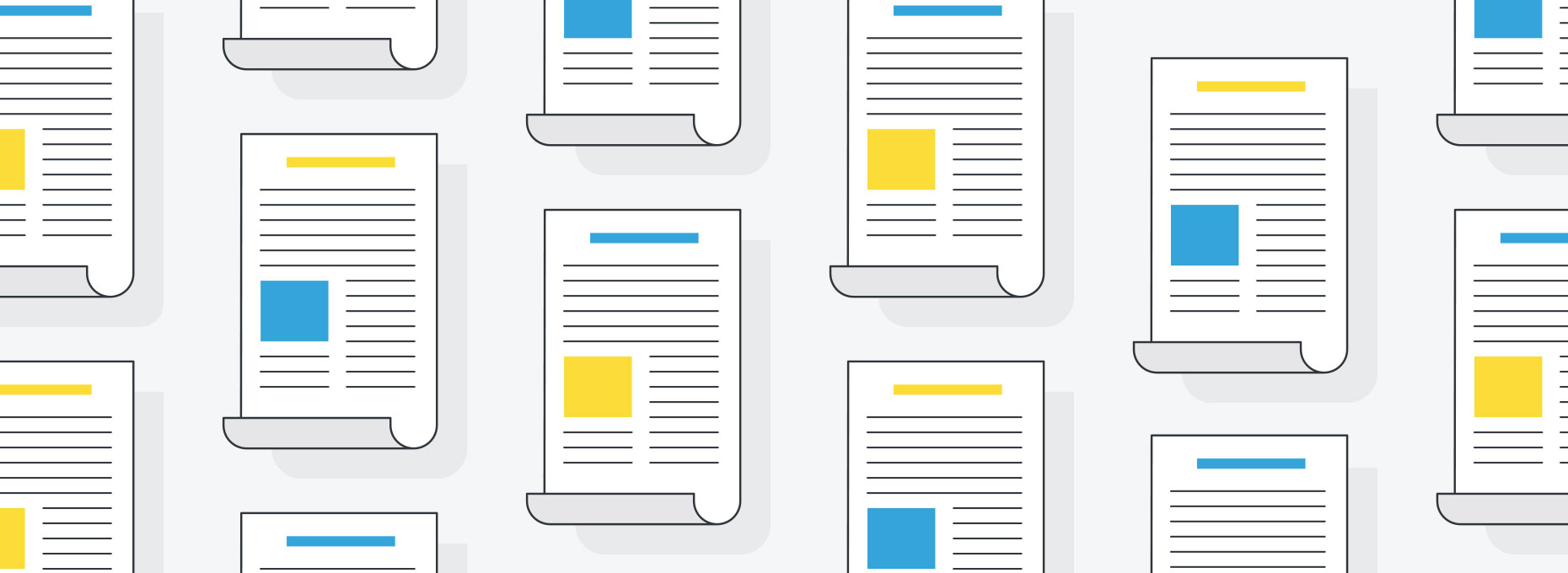I started studying manufacturing performance††26 years ago this fall. We set out at MIT to perform the most exhaustive and accurate benchmarking of the worldís largest manufacturing industry ñ motor vehicles ñ because we believed this was the best proxy for manufacturing in general and believed that a sea change in manufacturing practice was occurring.
When I look back on the past 26 years, I see what many members of the Lean Community with shorter careers may not. We have made terrific progress in improving design, production, and supplier management processes. As a result, defects in new vehicles and problems encountered over many years of use have fallen steadily. At the same time, the real, inflation-adjusted cost to the consumer of a given bundle of vehicle attributes has fallen year after year. These gains are not due to scale economies as in the age of mass production. They have occurred despite falling annual production volume per vehicle and shorter product lives as the auto industry has offered an ever growing variety of fresh models and options.
Even better, this triple win for the consumer — better quality at lower cost with more variety — has steadily spread across manufacturing in all sectors. In short, the world had gotten a lot better at making things in the past quarter century and there is every reason to think this will continue as we all learn more about lean process management.
However, when I contrast the brilliant manufactured goods all around us with the success we have as consumers in fully solving our consumption problems, the picture is much less bright. My goods are now a lot better than my consumer experience in solving problems ranging from shelter to mobility to healthcare to communication. I find myself in constant struggles with providers ranging from my car dealer to my health maintenance organization to retailers to airlines as I try to get all the goods and services in my busy life to work together to solve my problems with no hassle and at reasonable cost. In short, we are now in the age of lean production but are still stuck in the age of mass consumption and mass provision.
As Dan Jones and I thought about this issue as process thinkers it naturally occurred to us that the way ahead must center on better processes. After all, both consumption and provision of the goods and services we need are processes ñ complex sequences of interlocked steps that consumer and provider must perform. Indeed, we soon realized that the type of lean process thinking we have all become accustomed to in manufacturing has rarely been applied to the great majority of activities in our lives. Because 80% or more of what goes on in advanced economies is in the service and government sectors rather than in manufacturing, this suggests that there is a truly big opportunity to make all of our lives better if we can simply transfer the lean process knowledge of the factory to the rest of the economy.
Iím truly excited about the potential of lean consumption and lean provision to join lean production in making all of our lives better, not just as consumers but as providers and as manufacturers.
Best regards,
Jim
Jim Womack
President and Founder
Lean Enterprise Institute






